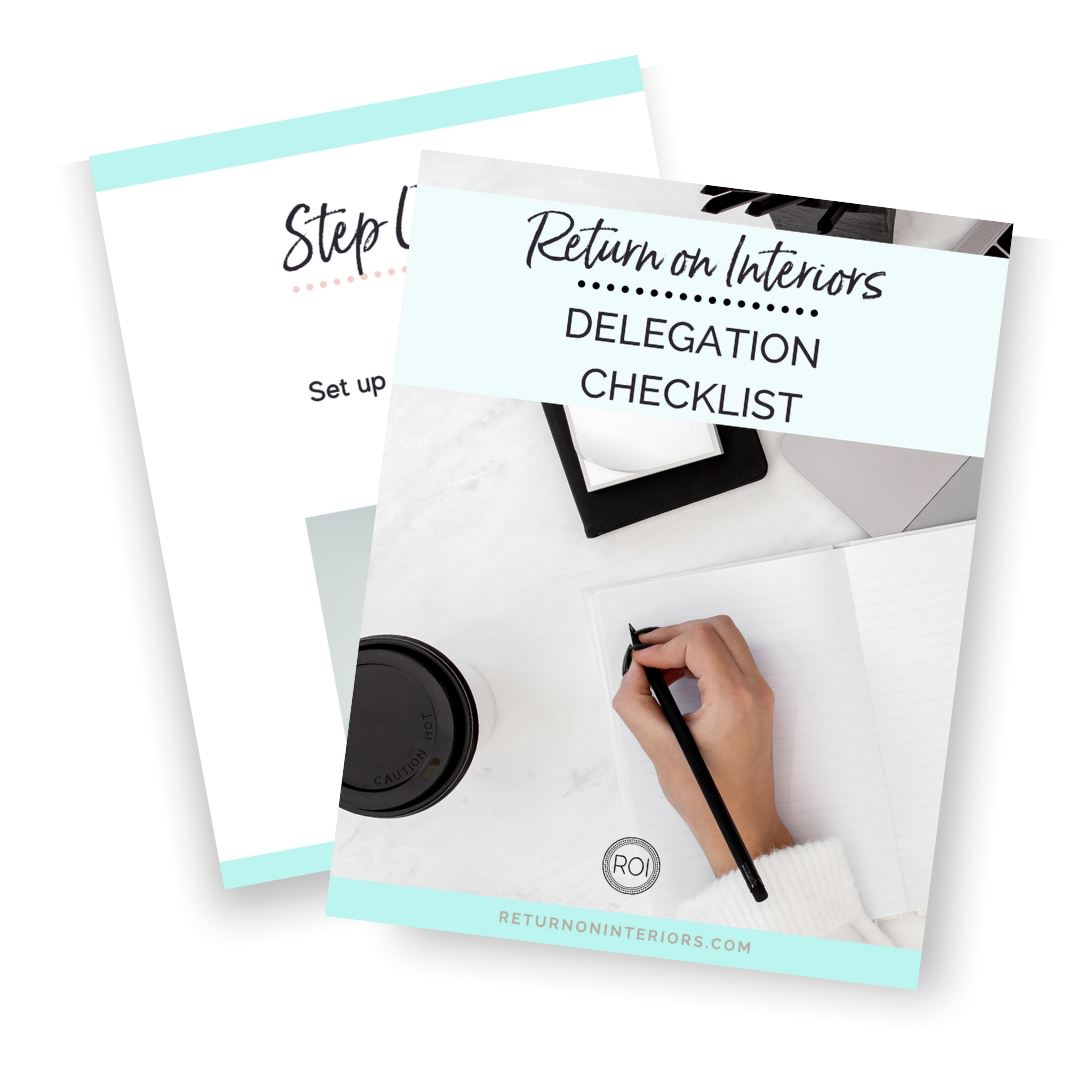4 Reasons for Why You Need Job Descriptions
There are parts of our jobs as designers that are boring, I'll admit it. And you may think that sitting down to write job descriptions would be one of them, and that might make you decide it isn't that important. But this is one thing on your to-do list that can make a BIG impact on your business! Job descriptions, in general, spell out duties, responsibilities, qualifications, and who the person will report to. They make things clear and spelled out, for you AND for your employees. Here are the top 4 reasons for why job descriptions are SO important.
1. Delegation and Workflow
Job descriptions can actually help your delegation process. When you sit down to write them, you can decide what parts of your business you love to do and what you'd rather to pass on to someone else. This is the perfect time to also tighten up your workflow. How do you want to meet your deadlines? Who will do what needs to be done at every step and stage of a project? Having all of that written down in job descriptions ensures that you can be as effective and efficient as possible.
2. Set Expectations
People are more productive in their jobs when they know exactly what's expected of them. Understanding from the very first day what their general duties and responsibilities are gives employees structure. It also lets them know what you need and want from the beginning. So you need to be as clear as possible about what each job entails. BUT - and this is important - that doesn't mean that other things might not be assigned to them. I like to include a general "and other related duties" in my job descriptions so that the employee understands that it isn't completely rigid. In interviews, I'll even say something like: "Even I take the trash out occasionally, so I want employees who will do what needs to be done." That helps them understand that we can be flexible about our roles, but in general they will follow the job descriptions.

3. Accountability and Review
Job descriptions are also important for holding employees accountable. They make a big difference when review time rolls around. It's great to have a guide for what the employee was responsible for in the previous months. You can go over the job description with them and highlight where they've done a fabulous job and where they might need a bit more training or effort. It gives you a more level playing field when it comes to who deserves a raise or bonus. And it also helps protect you if you ever need to terminate an employee.
4. Helps You During the Hiring Process
When you're looking for that perfect fit for your team, a job description is key! It really helps you match the right person to what you need in that role. That way you don't end up hiring a junior designer to take a senior designer post. The job description helps the potential employee decide if that's the job they want, too. You want there to be the best fit possible, and nothing makes that easier than a detailed job description!
So take that first step today and start thinking about the roles in your business and what you want to delegate. I'm going to make that EASY for you with my FREE download Delegation Checklist! And remember, job descriptions can't be static. Review them every year to ensure they're still up to date!







